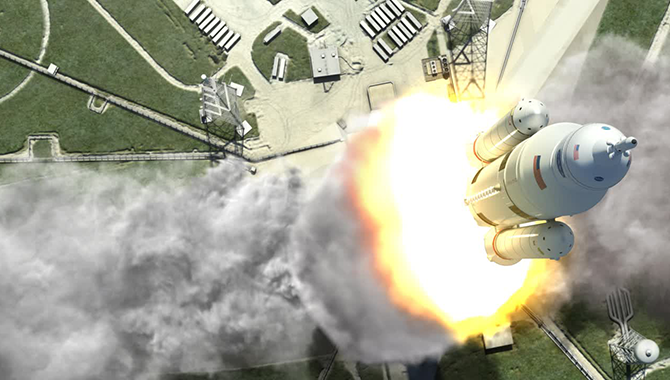
In his State of NASA speech on February 2, 2015, NASA Administrator Charlie Bolden shared his excitement about the robust future of the agency.

In his State of NASA speech on February 2, 2015, NASA Administrator Charlie Bolden shared his excitement about the robust future of the agency.
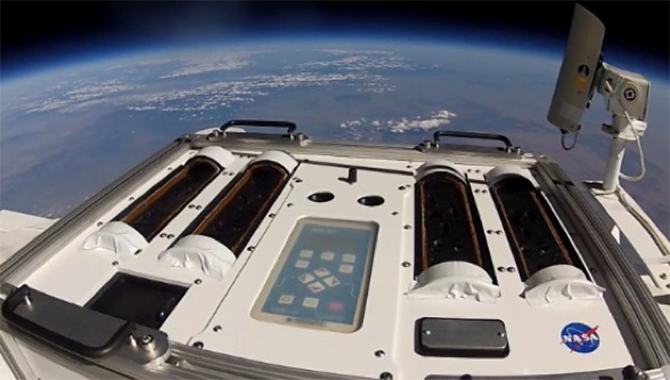
See what Rocket University (RU) is all about! Read Kennedy Space Center’s RU newsletter for highlights of their 2014 hands-on development activities.
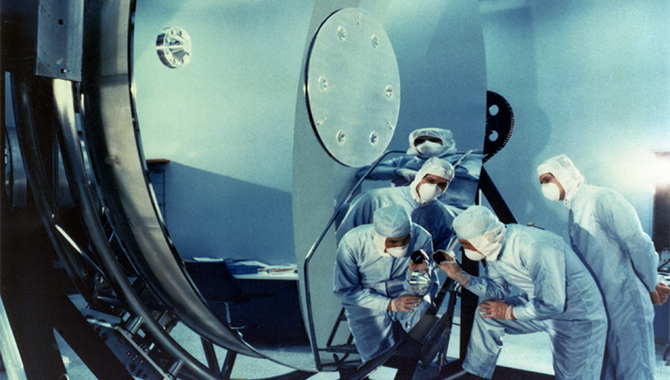
The Academy announces a new case study resource: Seven Axioms of Good Engineering: Development of a Case Study-Based Course for NASA.
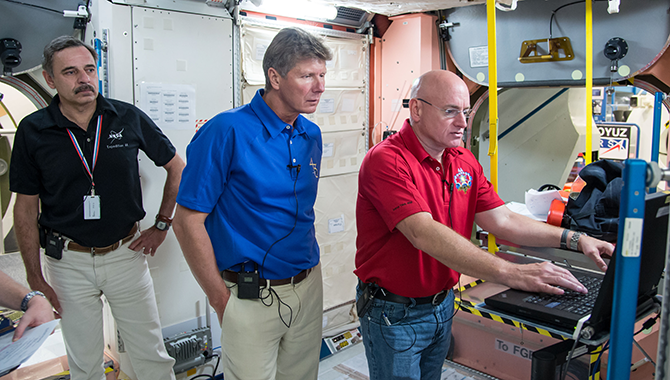
NASA’s commitment to manned deep space exploration continues with an extended mission to learn more about the long-term effects of microgravity on the human body.
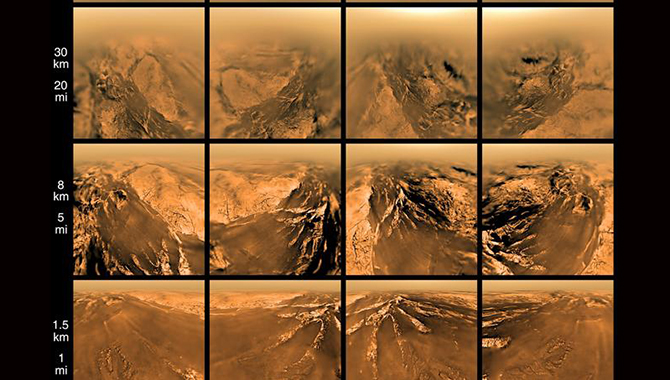
Ten years ago this month, the Huygens probe landed on Titan. But the multi-national mission was almost derailed by a language barrier—between machines.

Following the successful first flight of Orion, the Government Accountability Office (GAO) reported on issues impacting NASA’s human space exploration programs.
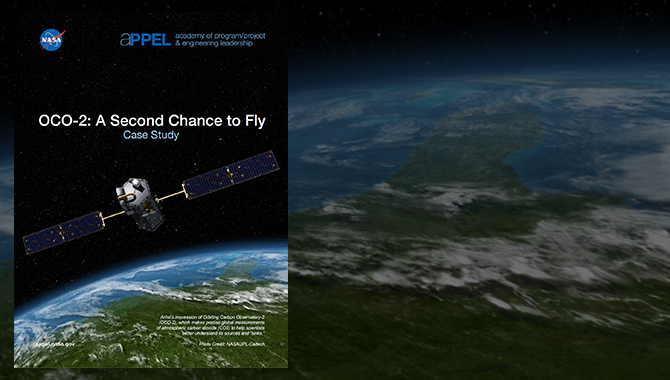
In 2009, the orbiting carbon conservatory (OCO) plunged into the ocean minutes after launch. A year later, the team was given the rare opportunity to rebuild and fly again.

When NASA was named the best place to work in the federal government, its training and development capability was ranked #1, too.
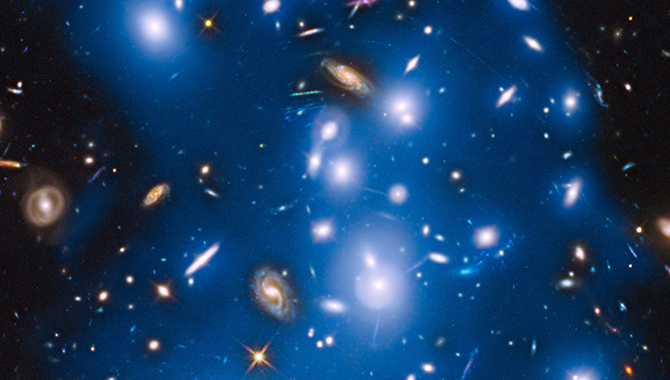
On December 2, 1993, the Endeavour shuttle crew set out on the most complex space shuttle mission ever: to rescue the Hubble Space Telescope.